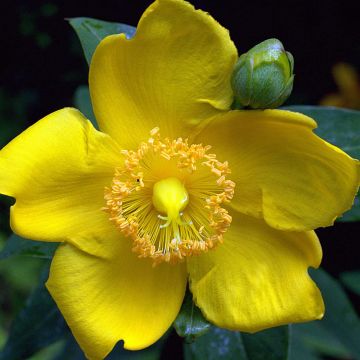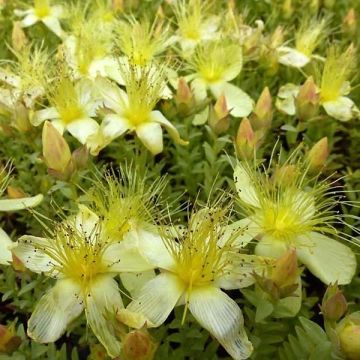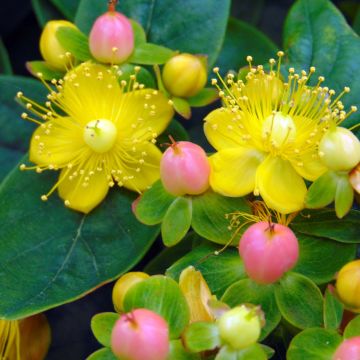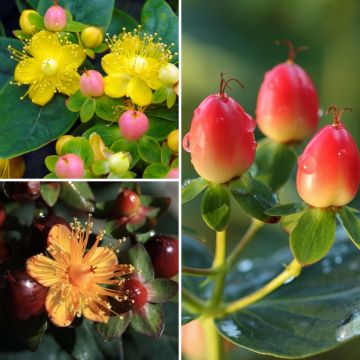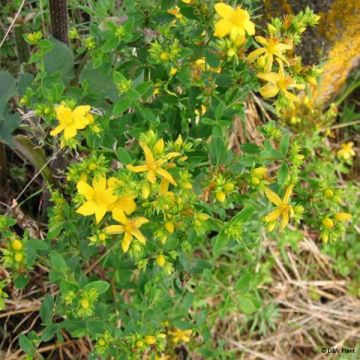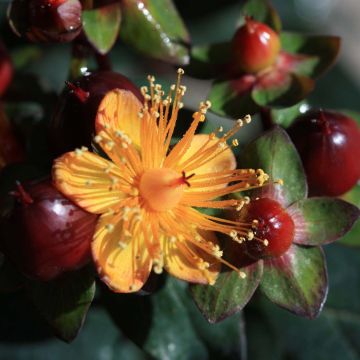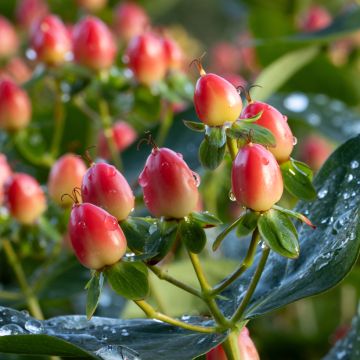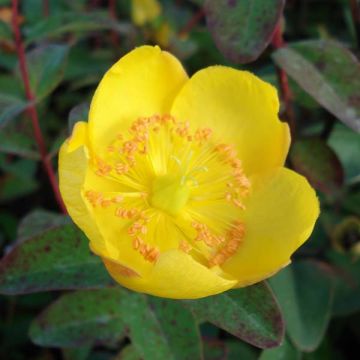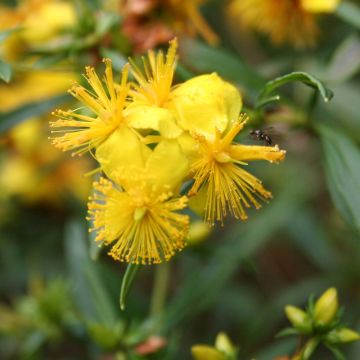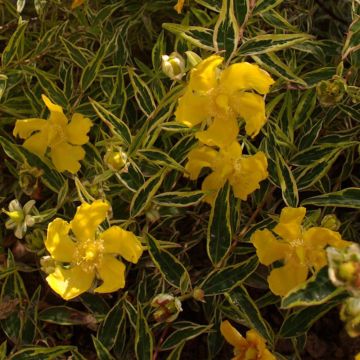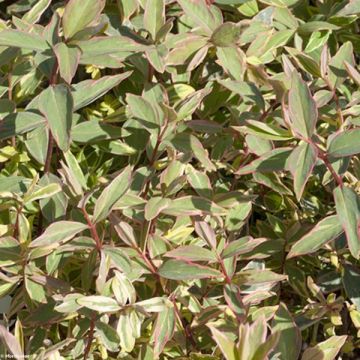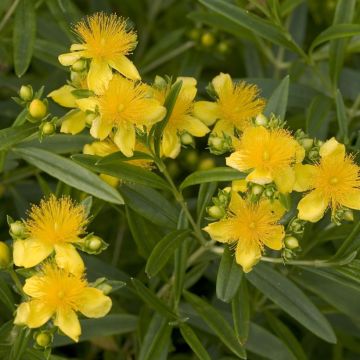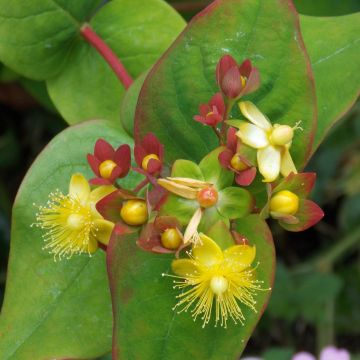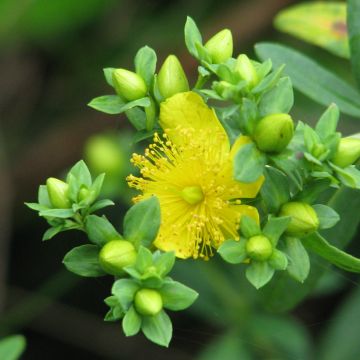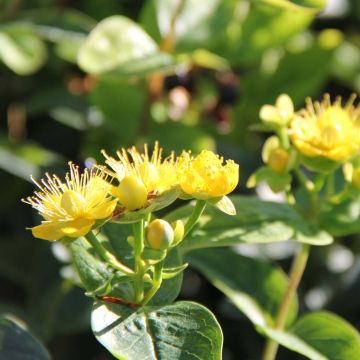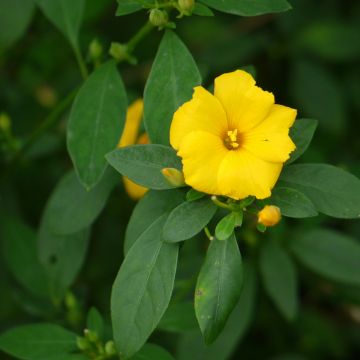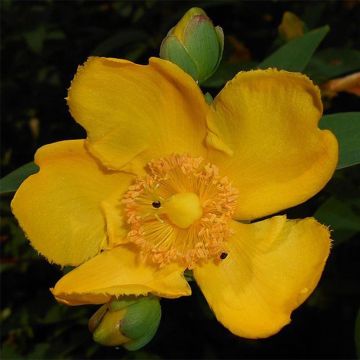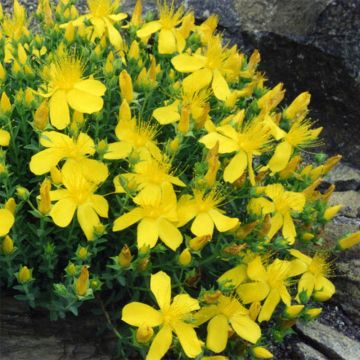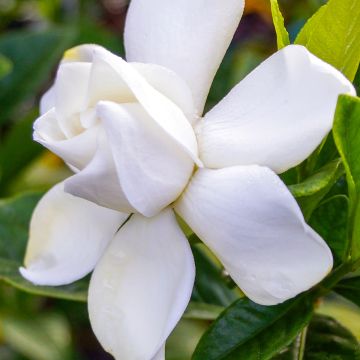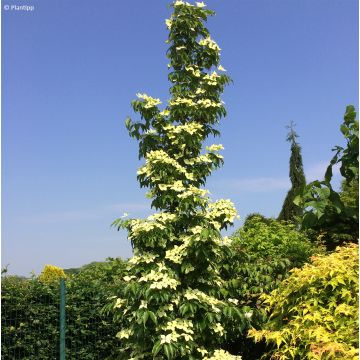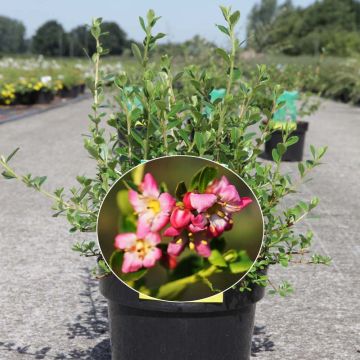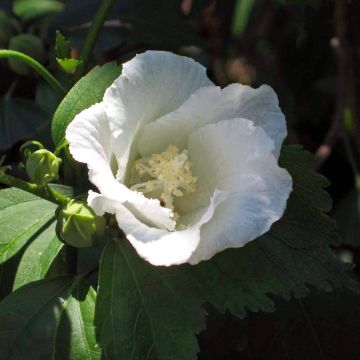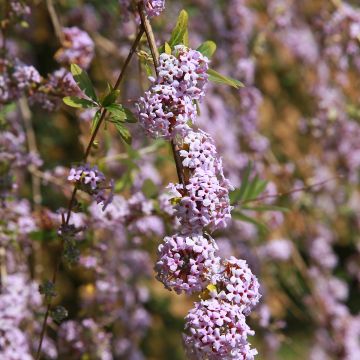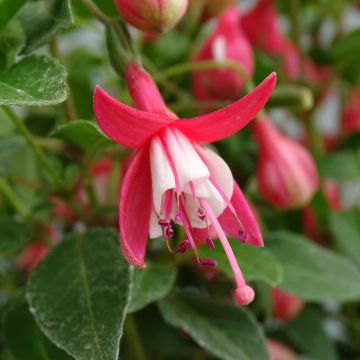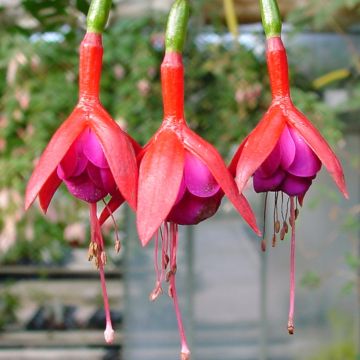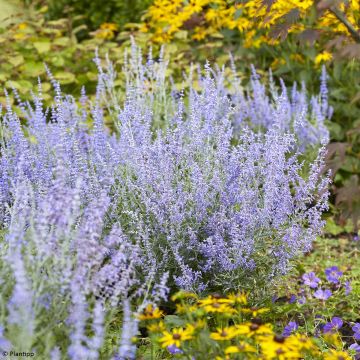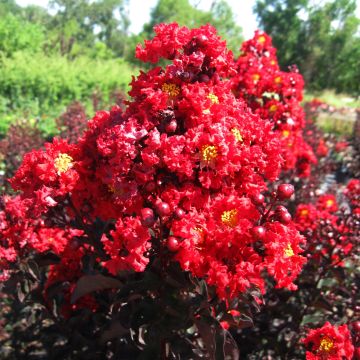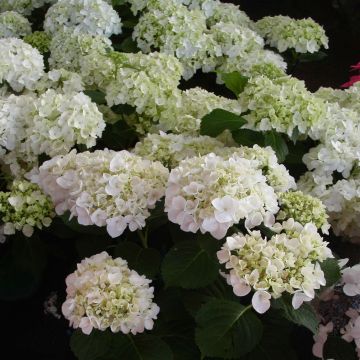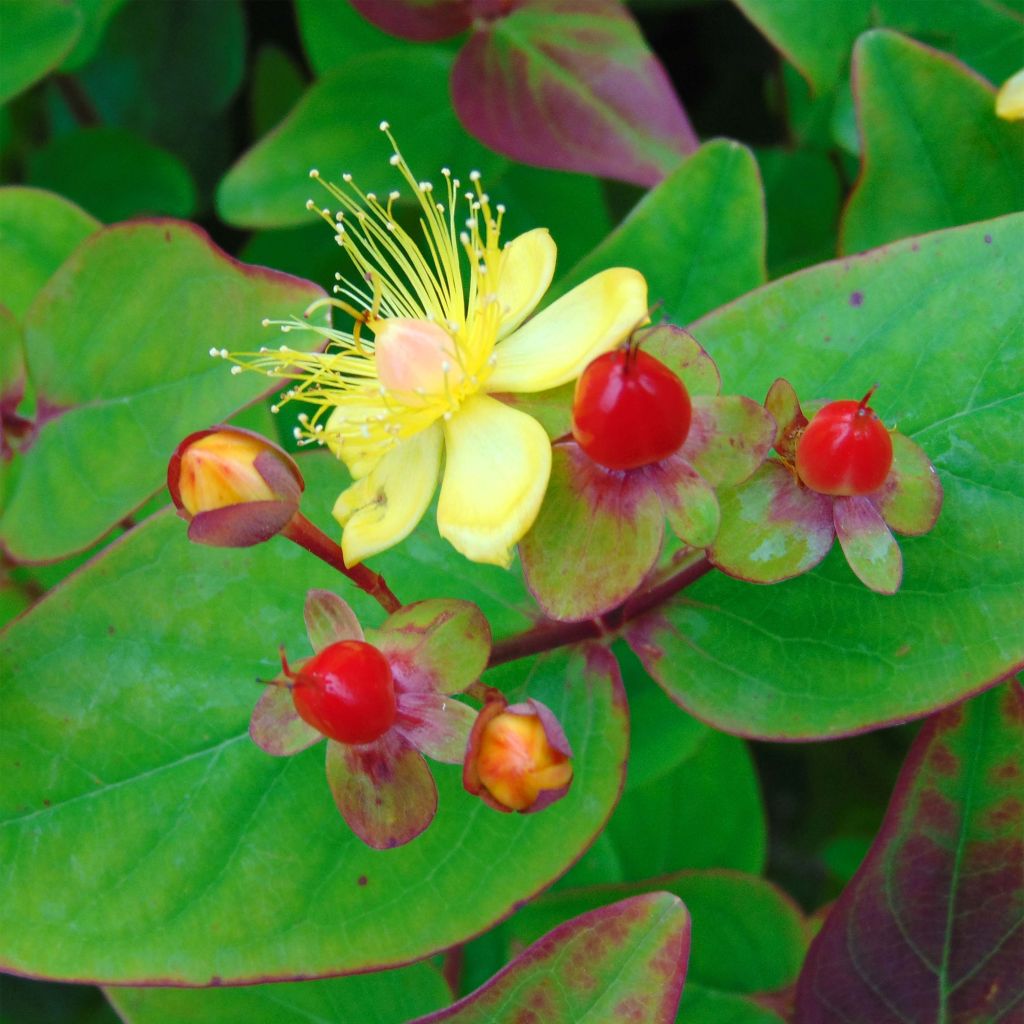

Hypericum inodorum Rheingold - St. John's wort
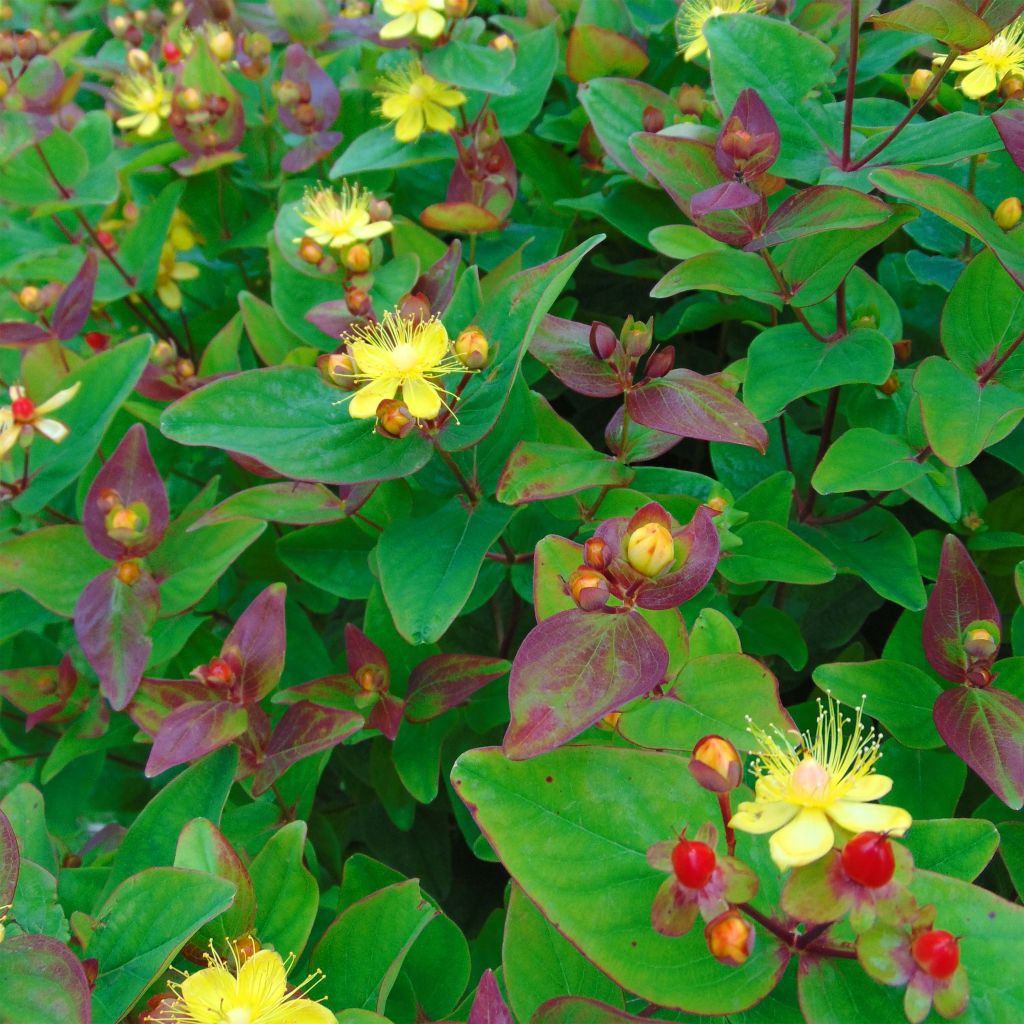

Hypericum inodorum Rheingold - St. John's wort
Hypericum inodorum Rheingold - St. John's wort
Hypericum x inodorum Rheingold
St. John's wort
Hypericum inodorum Rheingold planted in September 2022, a beautiful surprise this spring. A magnificent bush with original foliage, awaiting the flowering...
Evelyne, 29/04/2023
Why not try an alternative variety in stock?
View all →This plant carries a 24 months recovery warranty
More information
We guarantee the quality of our plants for a full growing cycle, and will replace at our expense any plant that fails to recover under normal climatic and planting conditions.
From €5.90 for pickup delivery and €6.90 for home delivery
Express home delivery from €8.90.

Does this plant fit my garden?
Set up your Plantfit profile →
Description
Hypericum x inodorum 'Rheingold', like most shrubby St. John's worts, is a very rewarding, undemanding, and easy to grow plant. It naturally forms a dense dome with a graceful habit, interesting from spring to autumn, and even in winter if the cold does not strip it of its foliage which sometimes turns purple. From May onwards, its young red-purple foliage creates a beautiful backdrop for its early flowering, which is a bright yellow. The flowering continues until summer, with its small golden cups blending with large bright red fruits that ripen to a chocolate tone on this decidedly colourful shrub. This St. John's wort can be planted in beds, rockeries, borders, or even in a container on a patio, preferably in partial shade.
'Rheingold' is derived from Hypericum inodorum, the unscented St. John's wort native to the Island of Madeira. It belongs to the Hypericaceae family. This cultivar is a small, fairly fast-growing shrub, reaching an average height of 1m (3ft) and width of 1.2m (4ft). It has a dense and semi-upright habit, slightly spreading, carried by weakly arched bicarinate stems. They are adorned with entire and aromatic leaves, mostly semi-evergreen. They are ovate in shape, leathery, without petioles, 11cm (4in) long, with a beautiful red-purple colour when budding, becoming dark green with a slightly glaucous underside. It flowers early for a St. John's wort, usually from May to July, depending on the climate. The flowers are produced abundantly in clusters of 3 to 23 tiny flowers, 1.5 to 3cm (1in) in diameter. They consist of 5 rounded, golden yellow petals arranged in an open cup shape. The centre of the flower is occupied by a prominent crown of long stamens. This flowering is followed by the formation of conical fruits, which are cherry red in colour turning to shiny brown, measuring 8 to 13mm (1in) in diameter.
St. John's worts are appreciated for their very long flowering period and their ease of cultivation in all types of soil and under all climates, even by the sea and even in shade. If you like yellow flowers, Hypericum 'Rheingold' is ideal to plant in a brand new garden, even if you are a novice gardener or have little time to devote to maintaining flower beds. It excels in low shrub beds or perennial beds, in large borders, in the understory, at the edge of a grove, and among the roots of large trees. For example, it can be combined with purple foliage plants (physocarpus, berberis, bronze fennel) in a fashionable setting, or play on the perfect harmony between the yellow of its flowers and the blue of perovskia, caryopteris, nepeta, or perennial geranium. Surround your carefully composed beds with euphorbias and alchemilla, with their very attractive foliage. Its summer yellow flowering will not compete with the more pastel spring flowers. Perfectly hardy, it can be planted in sunny positions in cool climates, but in partial shade or full shade in hot climates, to protect its foliage from the harsh sun.
Report an error about the product description
Hypericum inodorum Rheingold - St. John's wort in pictures
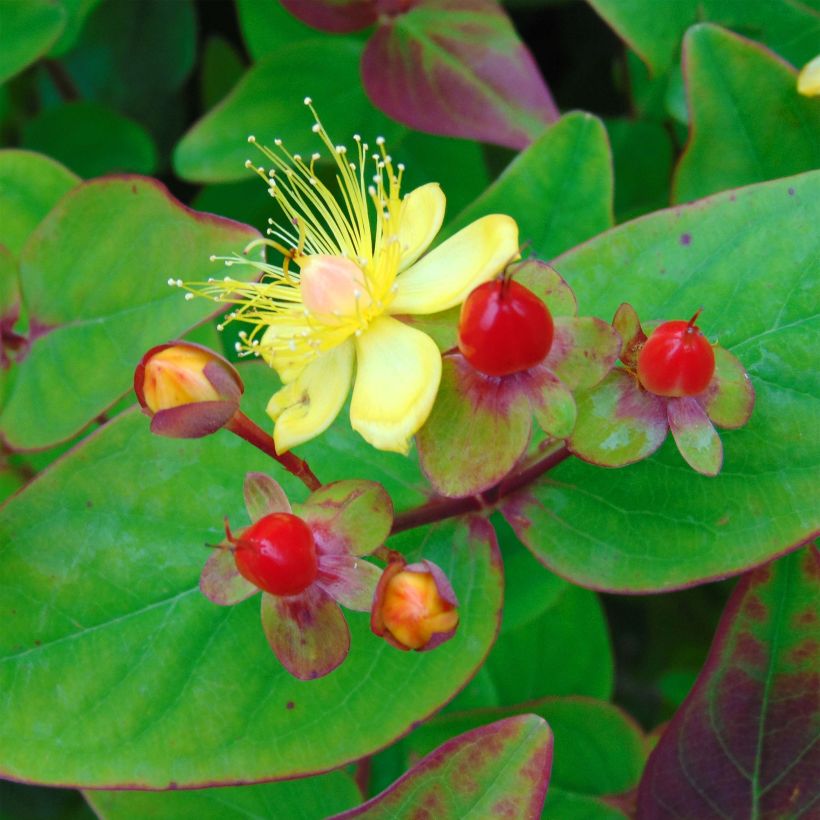

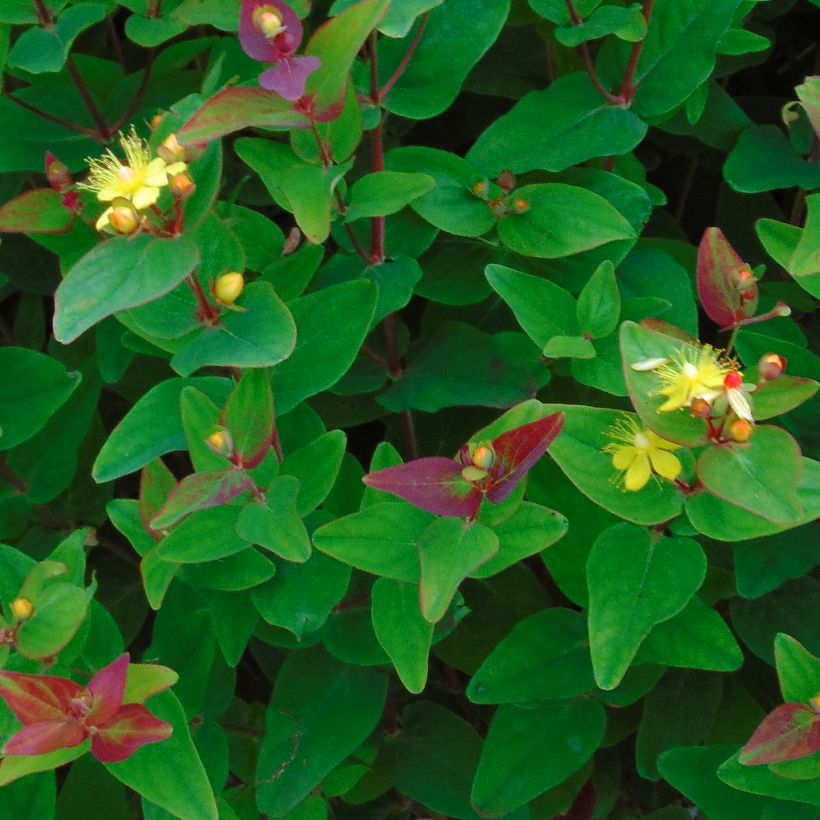

Plant habit
Flowering
Foliage
Botanical data
Hypericum
x inodorum
Rheingold
Clusiaceae
St. John's wort
Cultivar or hybrid
Other Hypericum - St.John's Wort
Planting and care
Plant in a sunny position in cooler regions, or in partial shade or full shade in warm climates, sheltered from the wind. Its foliage can be damaged by excessive sun. This St. John's wort adapts to almost all soils, as long as they are well prepared and well-drained. The soil pH is indifferent to it, but it should not be excessively acidic or excessively alkaline. It needs light soil, deep enough to allow it to better withstand dry summers. It is hardy, not very susceptible to diseases, and its enemies are rare. Carry out pruning in late winter to prevent the bush from becoming sparse in the centre. This variety can be susceptible to rust, especially in humid climates.
Planting period
Intended location
Care
-
, onOrder confirmed
Reply from on Promesse de fleurs
Summer-flowering shrubs
Haven't found what you were looking for?
Hardiness is the lowest winter temperature a plant can endure without suffering serious damage or even dying. However, hardiness is affected by location (a sheltered area, such as a patio), protection (winter cover) and soil type (hardiness is improved by well-drained soil).

Photo Sharing Terms & Conditions
In order to encourage gardeners to interact and share their experiences, Promesse de fleurs offers various media enabling content to be uploaded onto its Site - in particular via the ‘Photo sharing’ module.
The User agrees to refrain from:
- Posting any content that is illegal, prejudicial, insulting, racist, inciteful to hatred, revisionist, contrary to public decency, that infringes on privacy or on the privacy rights of third parties, in particular the publicity rights of persons and goods, intellectual property rights, or the right to privacy.
- Submitting content on behalf of a third party;
- Impersonate the identity of a third party and/or publish any personal information about a third party;
In general, the User undertakes to refrain from any unethical behaviour.
All Content (in particular text, comments, files, images, photos, videos, creative works, etc.), which may be subject to property or intellectual property rights, image or other private rights, shall remain the property of the User, subject to the limited rights granted by the terms of the licence granted by Promesse de fleurs as stated below. Users are at liberty to publish or not to publish such Content on the Site, notably via the ‘Photo Sharing’ facility, and accept that this Content shall be made public and freely accessible, notably on the Internet.
Users further acknowledge, undertake to have ,and guarantee that they hold all necessary rights and permissions to publish such material on the Site, in particular with regard to the legislation in force pertaining to any privacy, property, intellectual property, image, or contractual rights, or rights of any other nature. By publishing such Content on the Site, Users acknowledge accepting full liability as publishers of the Content within the meaning of the law, and grant Promesse de fleurs, free of charge, an inclusive, worldwide licence for the said Content for the entire duration of its publication, including all reproduction, representation, up/downloading, displaying, performing, transmission, and storage rights.
Users also grant permission for their name to be linked to the Content and accept that this link may not always be made available.
By engaging in posting material, Users consent to their Content becoming automatically accessible on the Internet, in particular on other sites and/or blogs and/or web pages of the Promesse de fleurs site, including in particular social pages and the Promesse de fleurs catalogue.
Users may secure the removal of entrusted content free of charge by issuing a simple request via our contact form.
The flowering period indicated on our website applies to countries and regions located in USDA zone 8 (France, the United Kingdom, Ireland, the Netherlands, etc.)
It will vary according to where you live:
- In zones 9 to 10 (Italy, Spain, Greece, etc.), flowering will occur about 2 to 4 weeks earlier.
- In zones 6 to 7 (Germany, Poland, Slovenia, and lower mountainous regions), flowering will be delayed by 2 to 3 weeks.
- In zone 5 (Central Europe, Scandinavia), blooming will be delayed by 3 to 5 weeks.
In temperate climates, pruning of spring-flowering shrubs (forsythia, spireas, etc.) should be done just after flowering.
Pruning of summer-flowering shrubs (Indian Lilac, Perovskia, etc.) can be done in winter or spring.
In cold regions as well as with frost-sensitive plants, avoid pruning too early when severe frosts may still occur.
The planting period indicated on our website applies to countries and regions located in USDA zone 8 (France, United Kingdom, Ireland, Netherlands).
It will vary according to where you live:
- In Mediterranean zones (Marseille, Madrid, Milan, etc.), autumn and winter are the best planting periods.
- In continental zones (Strasbourg, Munich, Vienna, etc.), delay planting by 2 to 3 weeks in spring and bring it forward by 2 to 4 weeks in autumn.
- In mountainous regions (the Alps, Pyrenees, Carpathians, etc.), it is best to plant in late spring (May-June) or late summer (August-September).
The harvesting period indicated on our website applies to countries and regions in USDA zone 8 (France, England, Ireland, the Netherlands).
In colder areas (Scandinavia, Poland, Austria...) fruit and vegetable harvests are likely to be delayed by 3-4 weeks.
In warmer areas (Italy, Spain, Greece, etc.), harvesting will probably take place earlier, depending on weather conditions.
The sowing periods indicated on our website apply to countries and regions within USDA Zone 8 (France, UK, Ireland, Netherlands).
In colder areas (Scandinavia, Poland, Austria...), delay any outdoor sowing by 3-4 weeks, or sow under glass.
In warmer climes (Italy, Spain, Greece, etc.), bring outdoor sowing forward by a few weeks.

































